One of the best things about being a wine fanatic at this point in history is having access to an unprecedented range of wines from around the world. The great and growing legions of wine drinkers are demanding ever more variety and ever more novel experiences. And the wine market is responding. Sommeliers, wine importers and wine commentators are constantly introducing us to new varieties, types and styles of wine. So we have ready access to the world’s best wine varieties.
Still, a small number of tried-and-true grape varieties continue to dominate wine store shelves. The great French, Italian, Spanish and German varieties familiar to wine buyers 40 years ago continue to hold sway. These varieties are just naturally well-suited to fermenting into fantastic wines. You know who the regular suspects are: Cabernet Sauvignon, Chardonnay, Pinot Noir, Riesling, Sangiovese, Sauvignon Blanc, Merlot, Pinot Grigio, Syrah, etc.
BUT the tantalizing thing for the curious wine drinker and the adventurous wine drinker is the knowledge that there are thousands of wine varieties still to be discovered. Let’s shake things up, challenge our foreign language pronunciation skills and go ferret out some of the world’s best wine varieties – lesser known but ready for prime time.

Italy: A Lovesong To Two Beauties
Among the hundreds of grape varieties that make Italy such a complex wine adventure, Nerello Mascalese and Fiano are two that will make your palate sing!
Fiano: At Home in Fiano di Avellino
The most intrepid and dedicated wine tourists haunt the mountains east of Naples. Here, near the meeting points of Campania, Puglia and Basilicata provinces, a pantheon of the world’s great wines huddle in their individual and unique DOCs: Taurasi, Falanghina, Aglianico del Taburno, Greco di Tufo, Lacryma Christi and on and on. But among the whites, the coquettish yet mighty Fiano di Avellino reigns as queen. Fiano has lush tropical aromas that deceive and leave you unprepared for the freshness of the attack. Savouring that flash of brightness you are momentarily convinced this is a crisp, tight sort of wine. Then, just when you feel you’ve discovered Fiano’s secret, another plot twist occurs. A mid-palate weight and depth of flavours evolves and grows and brings a whole new reckoning – this is a nuanced wine for food.
Try the Fiano di Avellino wines of Terredora Di Paolo and of Villa Matilde
Nerello Mascalese: Etna’s Soaring, Resonating, Volcanic Red
Ancient and rare, Nerello Mascalese grows almost exclusively on the high slopes of Mount Etna. Hundreds of metres above the Mediterranean yet remarkably close to the sun-baked Sicilian coast, a cool climate viticulture endures. The vineyards grow precariously and perilously on the lava flows of this fierce, active volcano. This tortured marriage of cold nights, parched air and merciless soil produces a wine of extraordinary personality. What you will experience in great Etna Rosso is perfume, piercing cherry and an incredible expression of burnt rock.
A few of the greatest Etna Rosso makers are Girolamo Russo, Tenuta delle Terre Nere and Pietradolce
Spain: Wines Evolving From Cultures
Spain is an extremely varied place both culturally and geographically. Hidden in its many corners are wines what have evolved with the people and the location. Hondaribbi Zuria and Mencía are two such varieties.
Txakoli: The Basque Country’s Perfect Wine
Cultures, cuisines, geographies and wines tend to evolve together. The geography of a place influences the foods. The foods that are local to a place influence the culture of the people. And all of these things influence the wine. In Basque country food is possibly the most powerful element in the culture and reflects the seaside location as well as the fertile farmland. The Basques have harnessed the local grape variety Hondaribbi Zuria to make Txakoli wines. Although these wines can be light, fun and spritzy they can also be tamed and nurtured into more substantial, rounded expressions. But let’s not forget the roots of these wines – if you have had Txakoli you know how well it pairs with seafood. And you can well imagine how they enhance the pleasures of the rich Basque table at meal time.
Txomin Etxaniz makes solid Txakoli and their wines can be found in many parts of the world. Look out for the excellent wines of Gorka Izagirre Winery and also from Bodegas Itsasmendi.
Bierzo’s Brilliant And Luminous Mencía
The Wine Beat article called “Bierzo – Wine Secrets On The Camino De Santiago” tells the story of Bierzo’s local Mencía grape. And probably gives away how much I love these red wines. Earthy and herbal but still pretty and elegant. Shot through with very fresh fruit and medium acidity and with richness on the palate, Mencía is a very well balanced variety yet still oozes excitement. I think it easily has a place as one of the world’s best wine varieties.
Look out for Godelia Bodega y Viñedos and also for the excellent wines from Losada Vinos de Finca
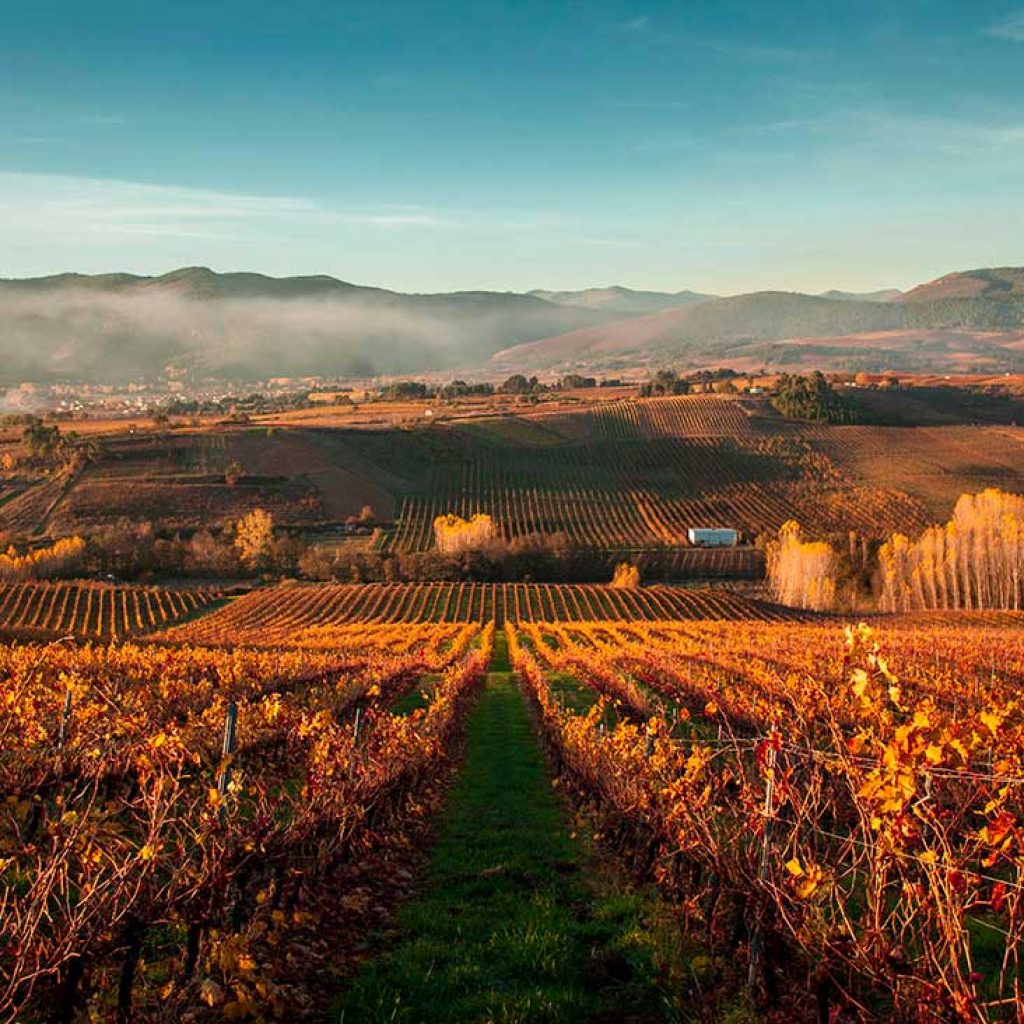
Bierzo’s Mencía benefit from the effect of sea air
Greece: Wines Fit For The Gods
Still relatively hard to find in international markets, Greek wines have experienced a quality renaissance that is possibly the most remarkable turnaround in the global wine industry.
Xinomavro: Not Much Of A Secret Anymore
Sometimes you wish a wine secret would remain your wine secret for just a bit longer. I mean, isn’t it nice to have your own thing that others haven’t discovered? Xinomavro is that thing for me. Well, the genie is out of the bottle and people are catching on. X is a creature of the cool climate and higher altitudes of Northern Greece, particularly its true home, the Naoussa region. Utterly unique, it has a lithe body and pretty dark red fruit flavours but with the muscle-mass of an olympic gymnast. X is delightfully pure in its purpose – a persistent and enveloping experience in your mouth.
Here are a few incredible winemakers that offer super-elegant Xinomavro: Chatzivaridis Estate in Goumenissa; Domaine Dalamára and Ktima Kelesidi in Naoussa; and Dougos Estate in Rapsani.
Malagousia: More Of A Mystery Than Assyrtiko
When it comes to Greek white wines, you are most likely to be familiar with Greece’s great flagship white from Santorini, Assyrtiko. For something more rare but possibly just as intense and individual, try seeking out a bottle of Malagousia. Ideally that bottle will be from the man who rescued this grape from extinction, Vangelis Gerovassiliou. Gerovassiliou Estate is located in the north near the city of Thessaloniki and oenology is practiced here at a very high level. A versatile, nuanced and layered white wine for pairing with food, great Malagousia is difficult to forget.
Also try the very fine Malagousia from Papagiannakos Winery in the Attica region near Athens. And listen to our podcast interviews at both Gerovassiliou Estate and at Papagiannakos Winery!

Austria: Thrilling Reds (Admit It – You Were Expecting A White)
Austria, and particularly the Wachau wine region, are justly famous for making some of the best white wines in the world. But what about the reds? Burgenland in the east of the country has an emphatic challenge to its beautiful and famous Riesling and Grüner Veltliner countrymen.
Blaüfrankisch: The Centrepiece Of Austria’s Red Wine Trio
The three-some of Austrian reds, Blaufränkisch, Zweigelt and Saint Laurent, are perfectly at home in the Burgenland wine Region. All three produce elegant, fresh and exciting wines but Blaüfrankisch is the jewel in this group. Packed with attractive fruit flavours like cherry and blackberry and delivered in a medium-weight package, these wines are equally at home on the ski hill or the summer patio or paired with food at a Michelin-starred restaurant.
Look for the terrific Blaufränkisch wines of Weingut Heinrich and the very distinctive Meinklang.
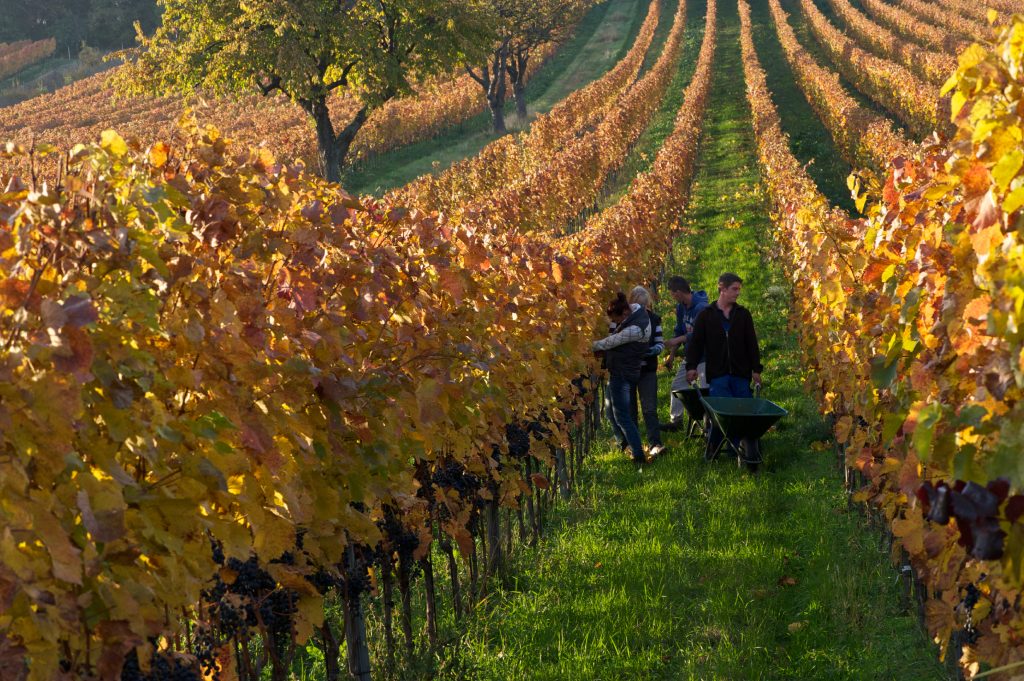
Georgia: Where It All Began c. 5,800 BC
Georgia is, by all accounts, the birthplace of human winemaking. Naturally, it boasts many great wine varieties. And in celebration of 8,000 years of winemaking the Georgians do a remarkable thing – they continue to make it the same way!
Saperavi: The Gravitas Of Traditional Kvevri
The Kakheti region of Georgia is the most important wine-growing region of Georgia and is about the best place to experience the ancient art of making wine in buried kvevri (terracotta urns). Saperavi is the most commonly used red variety and to the Georgians this grape has the ability to produce wines that rival the best in the world. And they have a good argument, especially when comparing robust wines, with deep colour, flavour and tannic extraction. Quality improvements have been leaping forward since the dark Soviet times when wine quality suffered. Today, Georgian wines are indeed of very high quality and they pay respectful homage to the deep, rich and honourable wine traditions of this place.
Seek out some kvevri-vinted wines or, if you can’t find one of these rare wines, then track down a good Saperavi made with more modern techniques – and pair with a good steak! Try one of these producers: Schuchmann Winery, Chateau Mukhrani and Shumi Winery

France: Where Else Would We End Our Search For The World’s Best Wine Varieties?
It is an understatement that French varieties dominate the vineyards of the world. The most iconic grape varieties of California, Australia, New Zealand, South Africa, Chile, Canada and Argentina are mostly of French origin. But France still holds a few surprises…
Melon de Bourgogne: From The Loire’s Far Atlantic Reaches
At the mouth of the Loire river and on the outskirts of the city of Nantes there is a remarkable winegrowing region that captures the spirit of a tough climate. In the Sèvre-et-Maine sub-appelation of Muscadet, winemakers are using sur lie (on the yeast lees) winemaking techniques to create very beautiful expressions of the humble Melon de Bourgogne grape. It is a wonderful marriage of cool maritime climate and artful winemaking that can yield wines of great character. Author’s note – I particularly wanted to include Muscadet Sèvre-et-Maine in this list because some of the wines are truly transcendental AND because there is a tendency to confuse Muscadet with the sweet wines made from the Muscat grape. They are NOT the same 😉
For Sèvre-et-Maine wines that are pushing quality boundaries and demonstrating single vineyard character, try the wines of the young wizard winemaker Pierre-Henri Gadais of Domaine de la Combe in Saint-Fiacre-sur-Maine. And listen to the podcast interview with Pierre-Henri here.
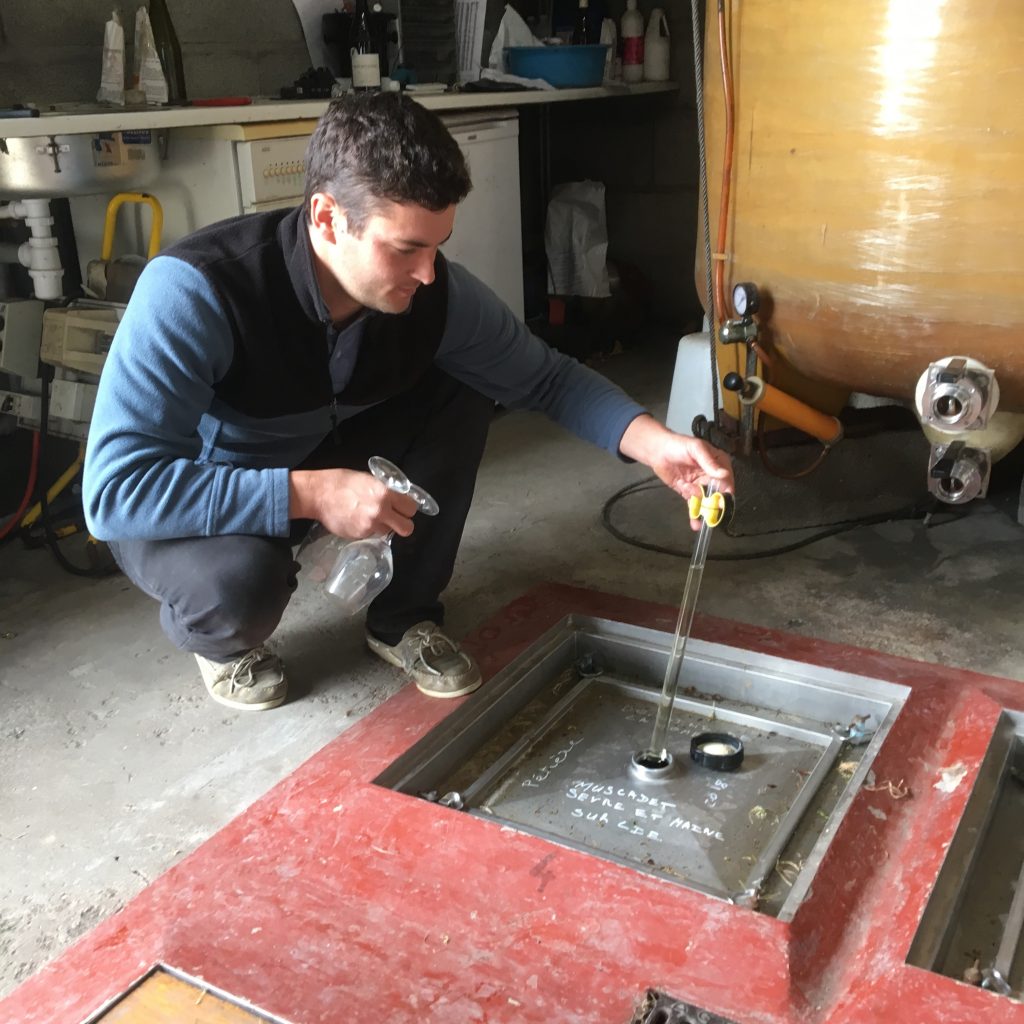
glass tile-lined underground tanks
Tannat: Best In Its New Home In Uruguay
A traditionally French variety and the raw material for the towering wines of Madiran AOC in France, the Tannat grape has found its best expression in Uruguay of all places. Somehow tamed from its brutal, crushing tannic strength when grown in Madiran, the Tannat wines of Uruguay are merely monumental. It’s quite a stunning case of grape vine migration and Uruguay now considers Tannat as its national grape. They are truly marvellous wines and have single-handedly put Uruguay on the international winemaking map.
Try the exceptional wines of Bodega Garzon and Bodega Bouza
The Final Word?
Of course there are so many hundreds of wine varieties in the world and so much creativity in the industry that my effort to find the best, little-known wine varieties is bound to fall short. But maybe it will stir some debate! Send me an email at craig@thewinebeat.com or leave a comment on this post and let us know what your top, undiscovered wine is. After all, everyone’s opinion is absolutely correct with something as personal as wine! And I can amend this post to add your candidate for world’s best wine varieties.

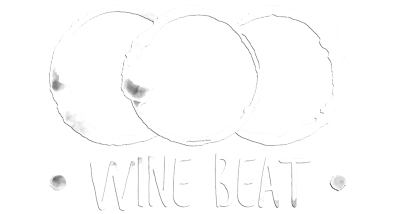
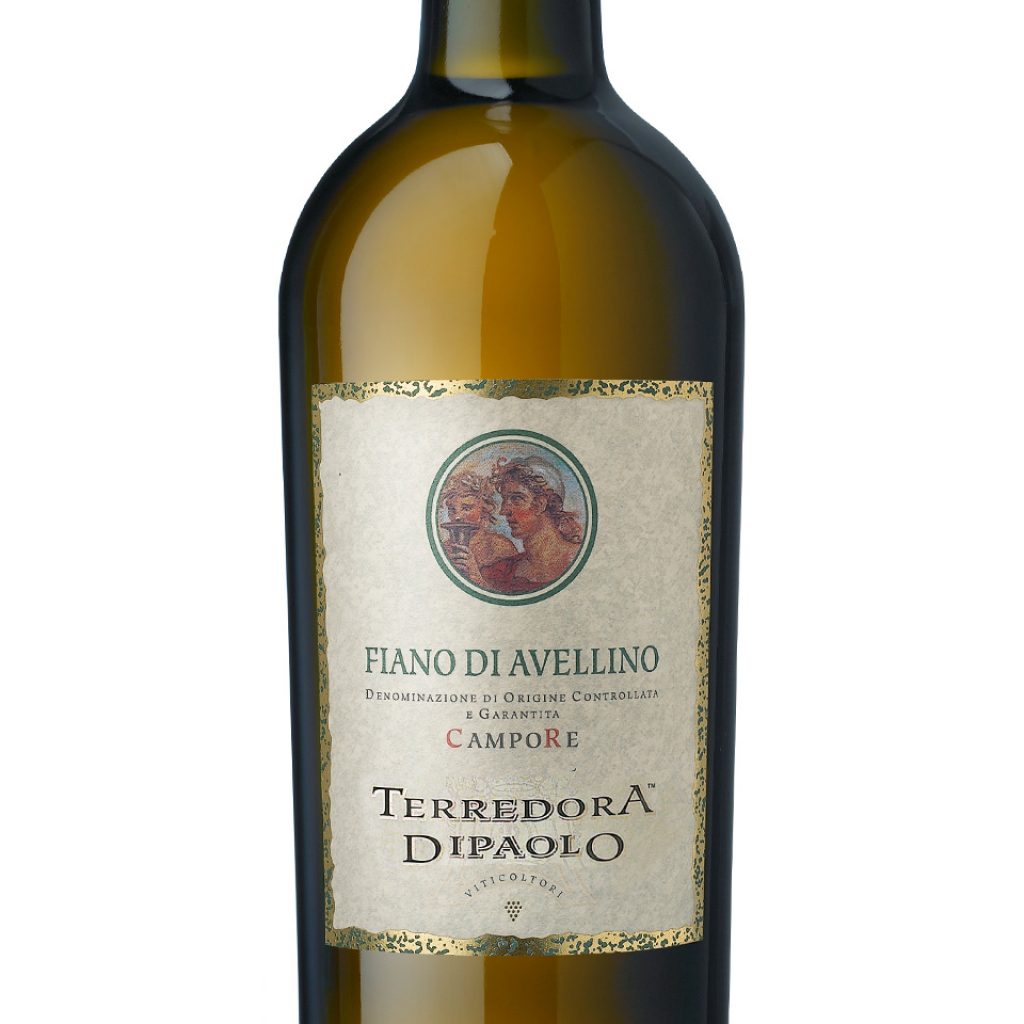
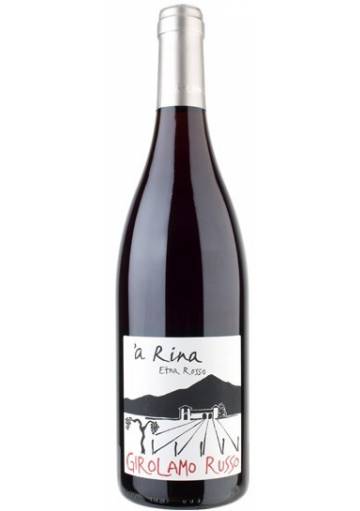
Very good article!
The best Greek wines at http://www.greeceandgrapes.com
Good luck !